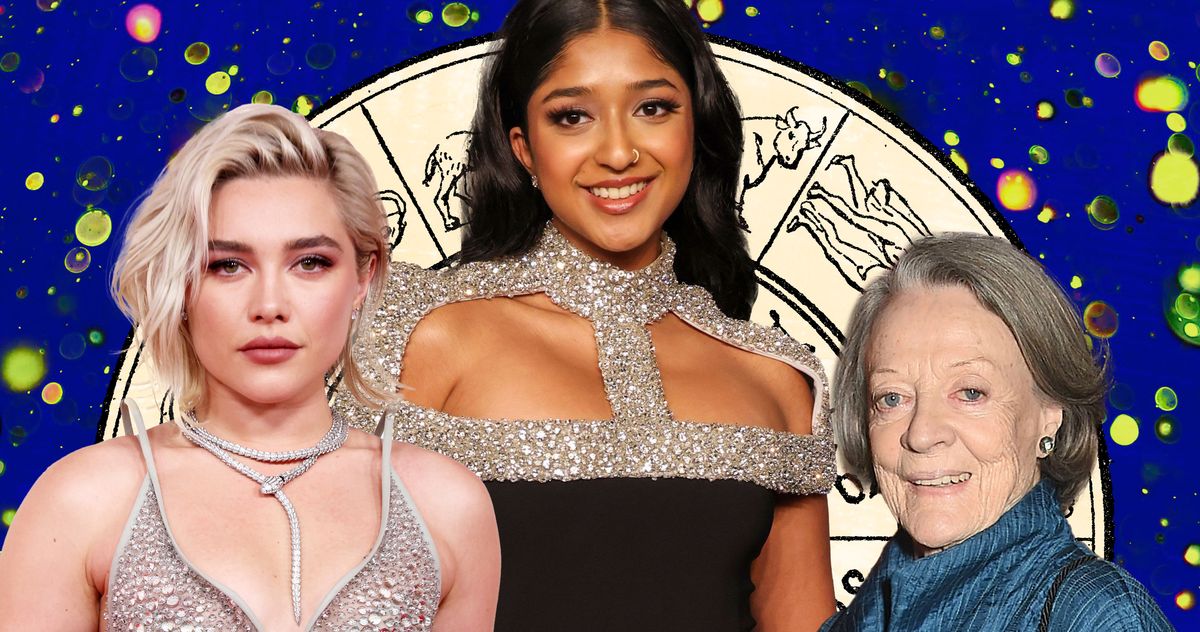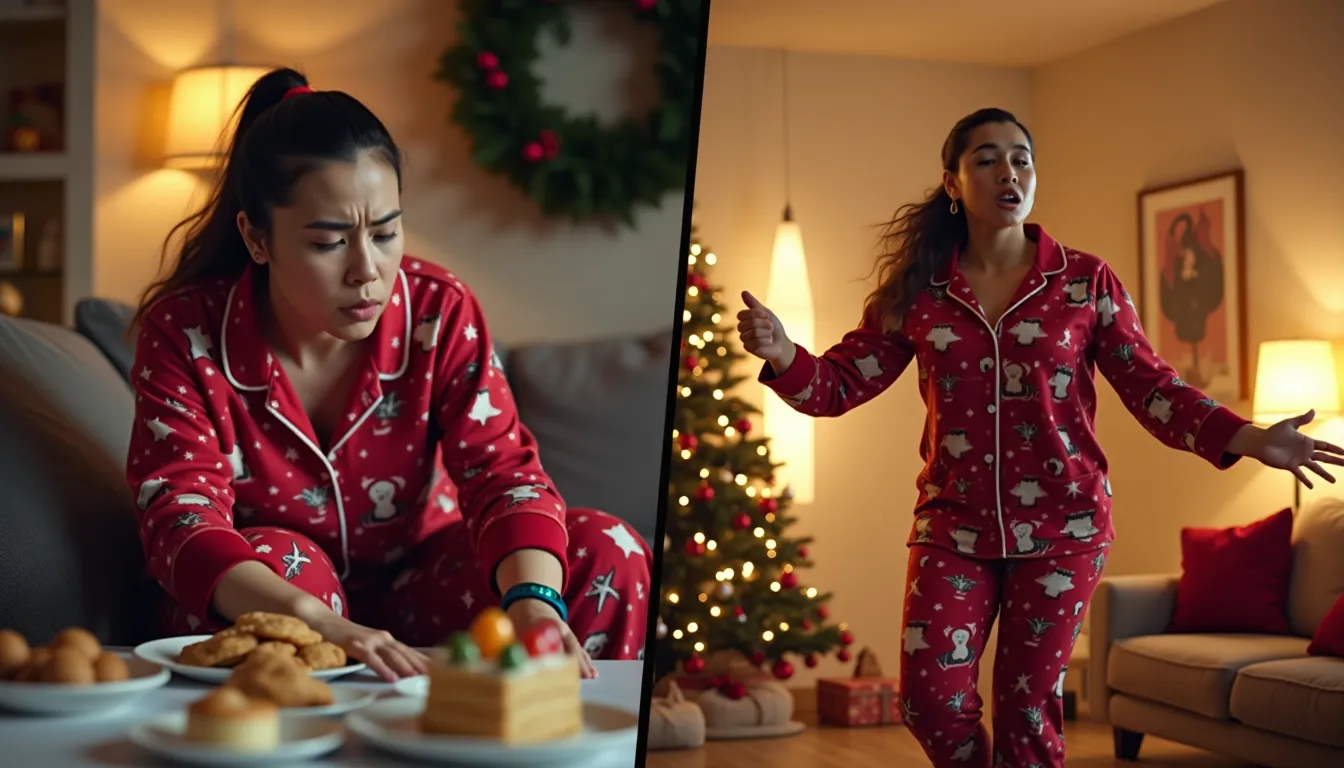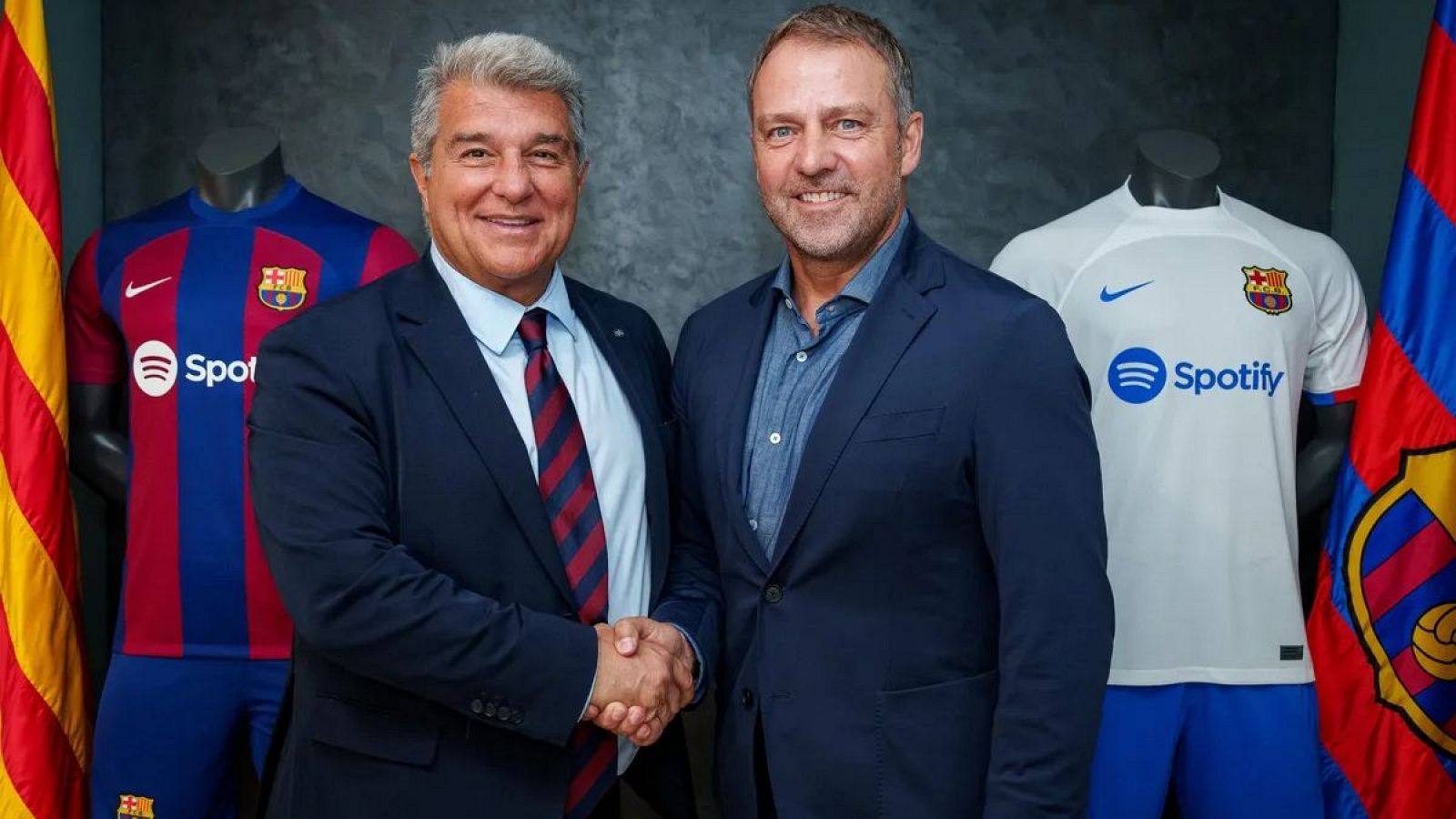Sports
As The NHL Grows, A Dominant Sports Agency Thinks Hockey Marketing Is No Longer On Thin Ice

Rare Bird: The Penguins’ Sidney Crosby is one of the few NHL players making seven figures off the ice. Pittsburgh’s star center hauls in an estimated $5.5 million annually from endorsements and other business endeavors.
Emilee Chinn/Getty Images
On a breezy September afternoon in Los Angeles, three days after Sidney Crosby signed a two-year contract extension with the Pittsburgh Penguins, Pat Brisson can only chuckle when asked about the $17.4 million deal. “What am I going to tell you?” he says in his French Canadian lilt. “On the record, he could have had more money.”
Brisson would know. The 59-year-old superagent has negotiated $1.4 billion in active playing contracts—the best mark in the NHL—for stars including the Colorado Avalanche’s Nathan MacKinnon, the New Jersey Devils’ Jack Hughes and the Vancouver Canucks’ Elias Pettersson. His agency, CAA, where he is co-head of a roughly 30-employee hockey group alongside JP Barry, has around 100 NHL players on its roster and $2.1 billion in active player contracts under management, a number surpassed only by Newport Sports Management’s $2.3 billion, according to contract database PuckPedia. Among CAA’s clients are five of the NHL’s 10 highest-paid players this season.
But Brisson also knows that, ultimately, his job is to make his players happy—even if it means taking less money than they could have made on the open market. And while CAA is most certainly a business—it has topped Forbes’ ranking of the most valuable sports agencies for nine consecutive years and was purchased by French luxury goods mogul François-Henri Pinault’s investment firm for a reported $7 billion last year—it similarly understands when finances need to take a backseat to its goal of being a 360-degree operation for its clients (or as CAA Sports co-head Howard Nuchow puts it, “to be important to our players in as many areas as we can”).
That focus on services, an agency hallmark since CAA Sports launched in 2006, could mean helping a player build up a social media presence or launch a business. Or it could just mean hooking up the player with tickets to a basketball game or a Broadway show—whatever it takes to recruit, and retain, clients, even when there’s a significant upfront cost and no payoff on the immediate horizon.
For now, marketing remains a piece of that money-losing equation, with limited revenue available from hockey endorsement and licensing deals. But that area is also a new emphasis for the agency, which hired David Abrutyn as the hockey group’s first global chief business officer in May to expand its off-ice work alongside Jen Kardosh, the department’s head of operations, marketing and client management. And CAA believes that, finally, the sport’s financial reality could be changing.
Make no mistake: That shift won’t be easy. In 2022, Forbes estimated that CAA Sports had $3.76 billion in active non-playing contracts under management—in categories including marketing, media and coaching—but hockey makes up a tiny sliver, with $28.3 million on the books for this year and moving forward, across more than 175 deals, Kardosh says. By Forbes’ estimates, only four CAA hockey clients—Crosby ($5.5 million), MacKinnon ($3 million), Boston Bruins right wing David Pastrnak ($1.5 million) and Washington Capitals left wing Alex Ovechkin ($5 million)—currently make seven figures off the ice annually, along with no more than a handful of others across the entire league.
No player can hope to match the millions of dollars available from sneaker deals in the NBA, where LeBron James made an estimated $70 million off the court last season, or from apparel partnerships in tennis, where Carlos Alcaraz hauled in $32 million off the court over the past year. For most hockey players, marketing opportunities tend to be regional deals that top out at five figures annually, or may instead be built around free product as opposed to cash. Sponsorships also tend to cluster around players who are from Canada or are signed to Canadian teams, and they are especially hard to come by for Europeans.
Against that backdrop, even with agents able to charge an industry-standard fee of 20% on endorsement deals—five times the typical commission on an NHL playing contract—the math doesn’t entirely add up. (Applying those rates to CAA’s active contracts under management, the hockey group stands to collect up to $84 million in commissions on the ice but less than $6 million off it.) To justify the effort, the calculus has to go beyond dollars and cents and factor in the “stickiness,” to use Barry’s term, that a top-tier marketing team can offer by keeping clients content at CAA.
Agent Dee Rizzo and Colorado Avalanche center Nathan MacKinnon with CAA’s Jen Kardosh and Pat Brisson.
@RileySmithPhoto
“We’re always concerned with the bottom line, but our reality today is, we know that they’re going to make far more playing hockey than they’re going to make off the ice. We’re not going to not take opportunities because the money isn’t exactly right,” Kardosh says, adding, “I don’t care if it’s a $5,000 deal or $100,000 deal if it’s going to be a great opportunity for them to be exposed to new fans—that’s my No. 1 priority.”
Still, CAA is optimistic that that framework could be changing. Riding a wave of exciting young talent, national NHL broadcasts averaged 504,000 viewers during the 2023-24 regular season, according to Nielsen, an 8% increase from the previous year and the league’s best mark since 2015-16. Attendance was also up, to a record 22.9 million. More eyeballs usually means more marketing dollars, and indeed, ad spend surged 27% in 2023-24 over the previous season, according to Sportico, while research firm SponsorUnited found that team sponsorships rose 10%, to $1.4 billion.
And future prospects for players are looking up. NHL stars are set to return to the Olympics in 2026, and the league will unveil a new international competition in February with the 4 Nations Face-Off as the proliferation of streaming services unlocks new markets in Europe. Meanwhile, several NHL players are featured in the new Amazon Prime Video docuseries Faceoff from Box To Box Films, the production company that turbocharged Formula 1’s growth in the U.S. with Netflix’s Drive to Survive. (CAA’s Brisson had a hand in persuading Box To Box producer Paul Martin to create the new show, bringing the hockey neophyte to two games.)
CAA sees those initiatives not only as chances to cash in—a number of clients appear in the docuseries, and hundreds of millions of dollars will be spent on Olympic brand activations—but also as signals that the NHL is shifting away from its long-running team-first marketing strategy and putting more focus on the players.
“The star marketing the NBA used in the ’80s and ’90s, whether it was Bird and Magic, to Michael to Steph and LeBron to Kobe, it was always a huge part of the success matrix,” Abrutyn says. “Last year, it was really Connor McDavid and the Edmonton Oilers,” he adds of the storyline in the NHL, pointing to the star client of rival agency Wasserman, “which is a slight nuance from the Edmonton Oilers and Connor McDavid.”
Perhaps just as important is an ongoing evolution in NHL player culture, which to this point has been “about the logo on the front, not the name on the back,” Kardosh says. Now, a generation that grew up on social media isn’t just aspiring to be the next Mario Lemieux or Mark Messier; “they’re looking at LeBron James and Shohei Ohtani and F1 drivers, and there’s just more opportunity for a lot of those athletes in marketing, and our clients are starting to say, ‘We want some of that opportunity, too, so what do we have to do to get it?’” Kardosh cites 23-year-old Anaheim Ducks center Trevor Zegras in particular as a catalyst within CAA, after he made a splash online as a rookie in 2021-22.
CAA is also eager to explore the off-ice possibilities in women’s hockey, with Kardosh and Dominique DiDia spearheading an initiative that has signed 18 players, including 11 in the PWHL, since 2022. “There will be plenty of people that are willing to invest in the PWHL that are not willing to invest in the NHL, and we want to be in those conversations,” says Kardosh, who calls out University of Minnesota star Chloe Primerano’s deal with Cwench Hydration as an early win for the group.
Financial viability for that operation is a long ways away, especially with CAA mostly forgoing on-ice commissions as the PWHL’s top salaries hover around $100,000. But the agency’s hockey group has had success with a long-term mindset, often signing male clients at age 13 or 14 and coaching them up in a player development effort led by Jim Hughes. “It takes usually seven years before hopefully they start paying fees,” Brisson says. The upside, though, is that CAA represents 17 players selected in the draft’s first two rounds over the last two years and Brisson has worked with nine No. 1 overall picks from the past 19 drafts, including 2024’s Macklin Celebrini.
While Nuchow says that nobody is “keeping a scoreboard,” the hockey group is among the reasons CAA Sports is now larger and growing faster than the agency’s storied entertainment division. But Brisson—described as “relentless,” “24/7” and “machine-like” by his colleagues—continues to think about expansion. Now, that means marketing.
“I guess it’s just my DNA,” Brisson says. “I don’t know. I always say to my group, the day you start sitting on your laurels, you’re as good as gone.”









